Do I Really Need to Clean My Vacuum?
Over the last year, people have placed a higher level of importance on health and cleanliness. A buildup of dirt and dust around the home or office can be dangerous. Dust and other allergens can lead to illness, asthma attacks, and more. You probably already know that, the best way to prevent a buildup, is by vacuuming regularly. But if a vacuum keeps your floor clean, what keeps your vacuum clean? Do you know how much grime lurks in the vacuum cleaner? According to a 2008 study at the University of Arizona, vacuums and their brushes are covered in germs and bacteria. Out of all the vacuums tested, 50% contained fecal bacteria, 13% contained E. coli, and every single one contained mold!
Studies show that while in use, a vacuum can release detectable quantities of human-derived bacteria that could potentially lead to inhalation of infectious or allergenic aerosols. Think about it like this, after you wipe down a surface you throw away the wipe or wash the rag used. You wouldn’t let a dirt-filled rag sit out until you’re ready to use it again, the same goes for your vacuum. It’s easy to think of vacuums as a solution, but without proper care, it can quickly become the problem.
Products to Use
To clean your vacuum thoroughly, you may need several different products. The first and most important product is dish soap. Any gentle dish soap will work. You will want to use a large tub or sink and fill it with warm, soapy water.
Next, you need microfiber clothes and a toothbrush. The microfiber cloths can catch dirt fibers, so you should use them on the parts of the vacuum that you can’t put in water. Toothbrushes tend to be handy if you want to reach more difficult areas.
Compressed air will be able to clear out any nooks and crannies in your vacuum. Mostly, you’ll use canned air for dust and other particles. Scissors are also a useful utensil to have with you, in case you have anything stuck in the brushes or bristles of the vacuum.
If you are allergic to dust, you should have allergy meds and a dust mask to keep yourself safe, while cleaning the vacuum. Things are bound to get dusty!
Find Your Owner’s Manual
Before you start the process, make sure that you have your owner’s manual, it would prove useful in many ways. The owner’s manual will inform you of the different components and warnings on what not to do with your vacuum.
If you don’t have your owner’s manual, don’t fear. Most of the popular vacuum brands allow you to download your make and model’s owner’s manual from the internet. Just look up the model and manual in Google, and you should be able to find it.
Start With the Bristles
The brush and the bristles can undergo cleaning after every use. The bristles need to be checked to ensure that there is no hair or other debris stuck to the brush. If there is string or hair wrapped around the brush, you can cut it with a pair of scissors. Do not pull hair or loose strings out of your vacuum. Once the strings have been cut, the brushes can be sprayed down with disinfectant.
Empty the Vacuum
Nowadays, most vacuums are bagless. This makes it easy to fill the container with dirt and dump it without the use of bags. Some people allow these canisters to fill up before they dump them out. Don’t give bacteria or other germs a chance to grow in the canister. Instead of waiting until you fill-up the canister, you should pour it out after every use. Additionally, when you empty the canister more regularly, your vacuum will perform better.
Clean the Filters
Deep Clean the Vacuum
Most people don’t think about deep-cleaning the vacuum. The reality is that every component becomes dirty, and without deep cleaning, you could be spreading dust and bacteria with every use. Fortunately, you only need to deep clean your vacuum once a year.
To do this properly, you need to be able to disassemble the vacuum. The canister and other attachments should be soaked in water. Next, scrub the components down and completely dry them before you put them back together. A can of compressed air can be used to clean out any nooks and crannies. Once you have it cleaned, you can wipe down the outside of the vacuum.
Replace the Vacuum
Over the years, your vacuum becomes less effective. A study in the Environmental Science & Technology journal shows that older vacuums emit more pollutants than younger vacuums. Most vacuums can last about eight years. With proper care, you can get ten good years out of it. While it might be tempting to try to extend the life of your vacuum even further, you should really keep in mind that a vacuum over ten years old may be doing you more harm than good.
After reading this, you are probably wondering when the last time you cleaned your vacuum was. Before you dive into your spring cleaning, make sure your vacuum is properly taken care of. When it comes to your home or office building, cleanliness is a top priority. You can’t afford to be dragging dirt around with you or spreading more allergens. To ensure that your building is cleaned to your standards and its full potential, contact Servico today by calling (248) 294-0166 or sending us an email.
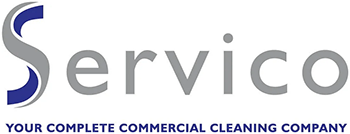
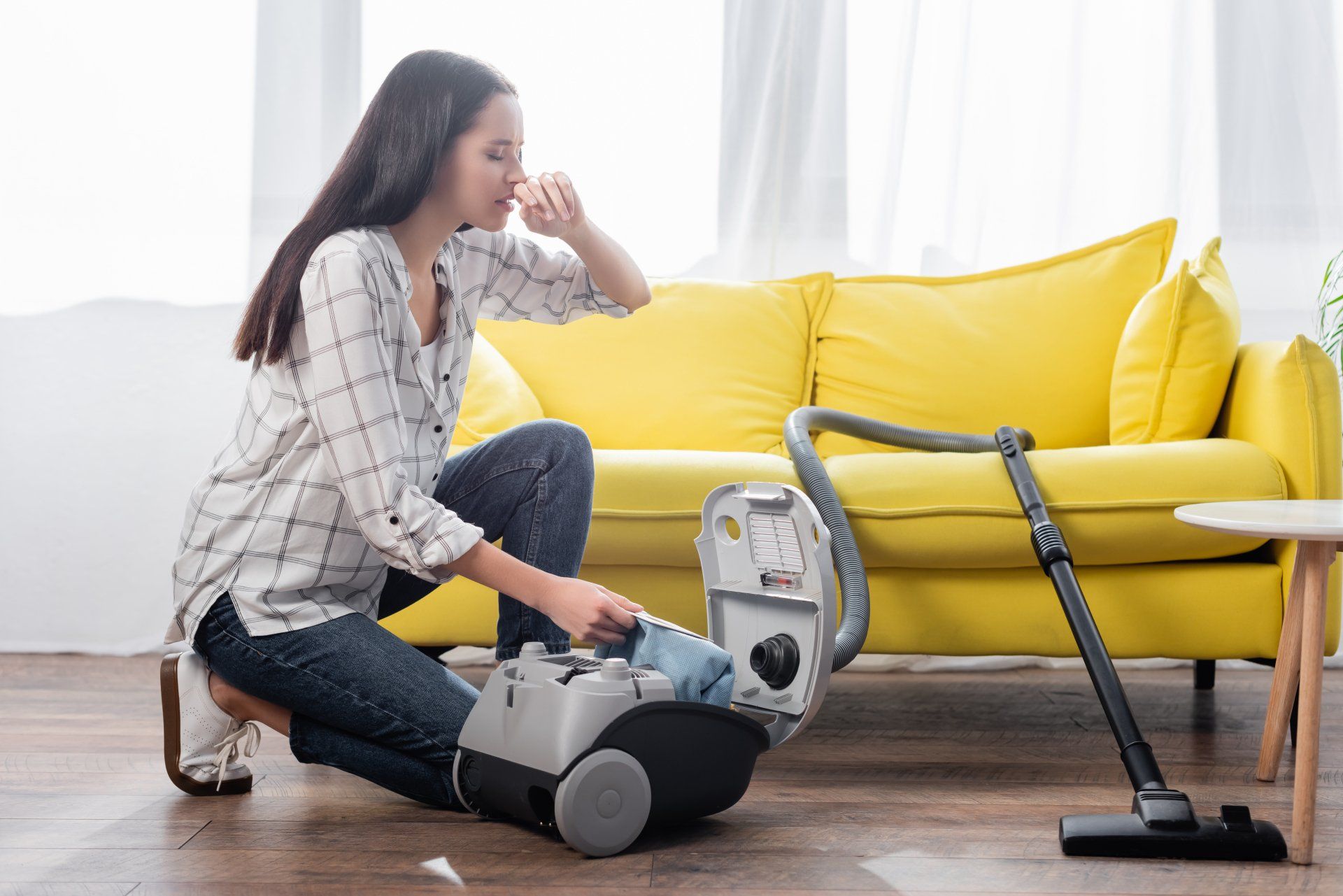


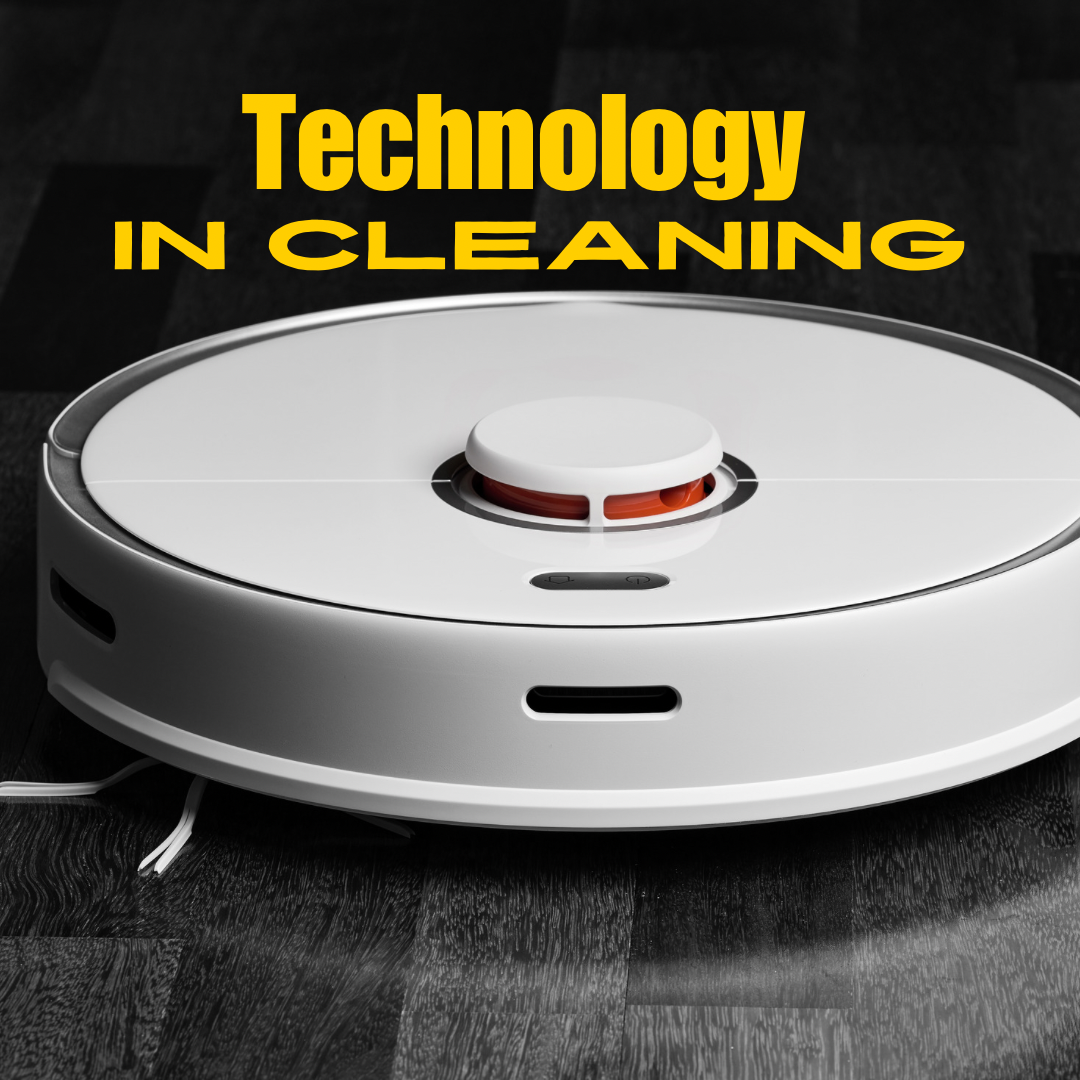
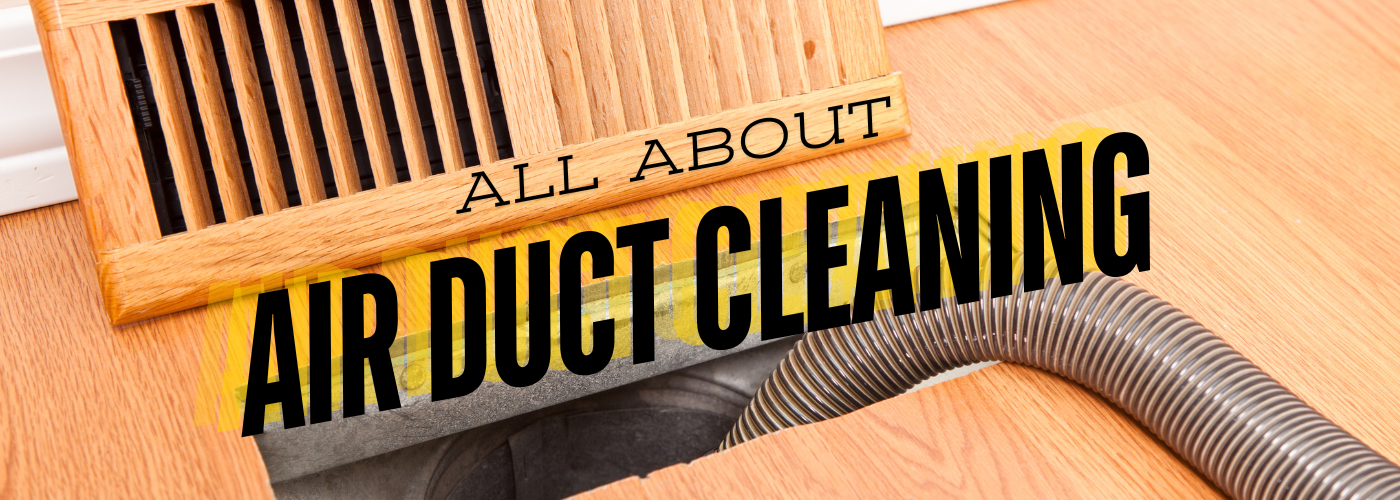
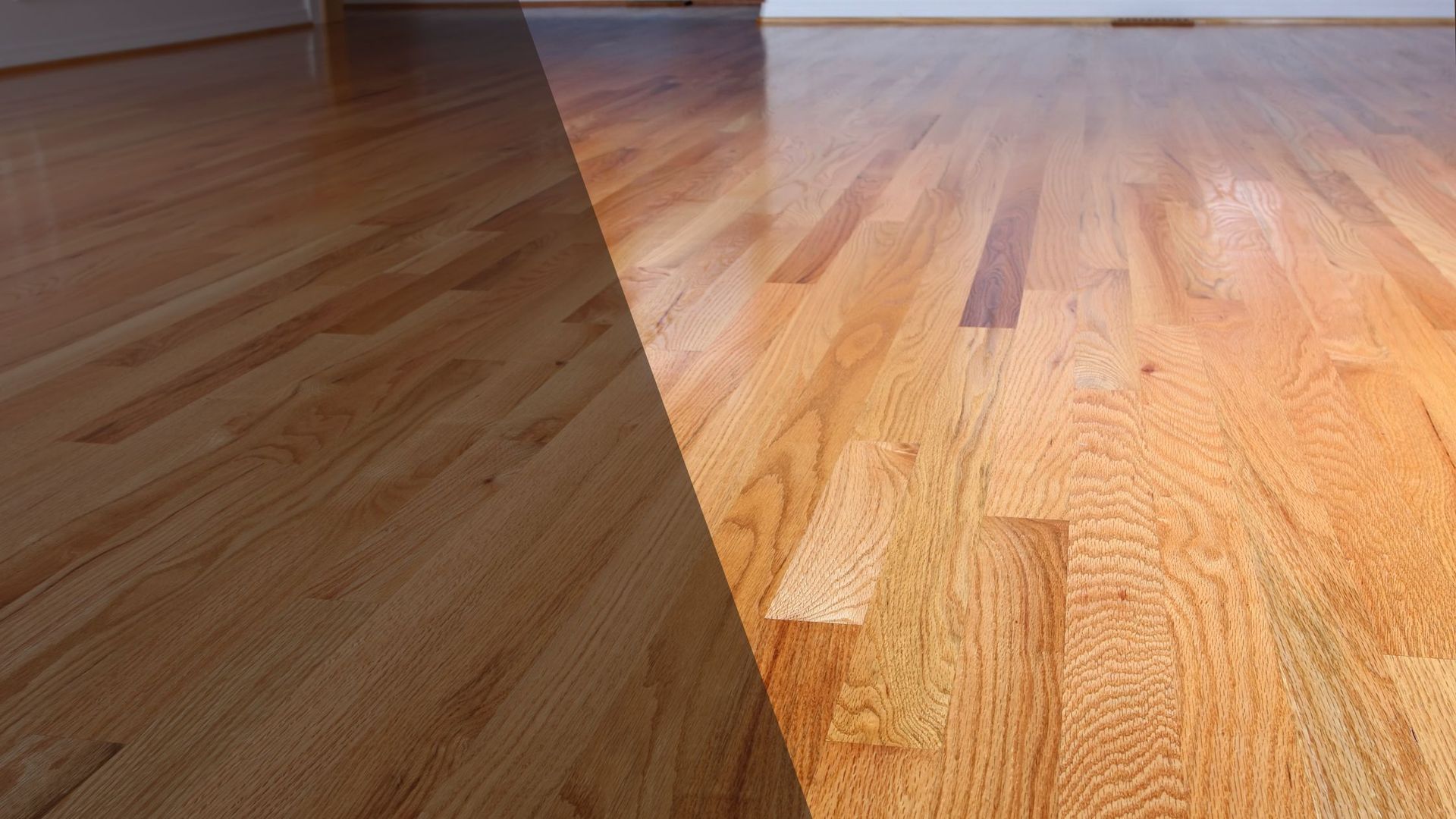


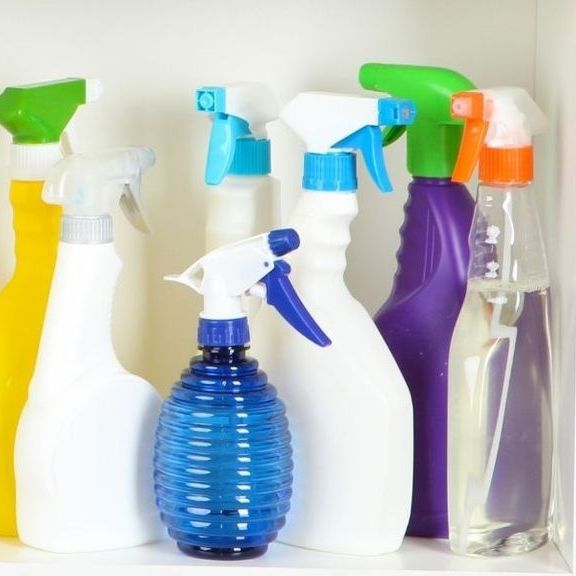
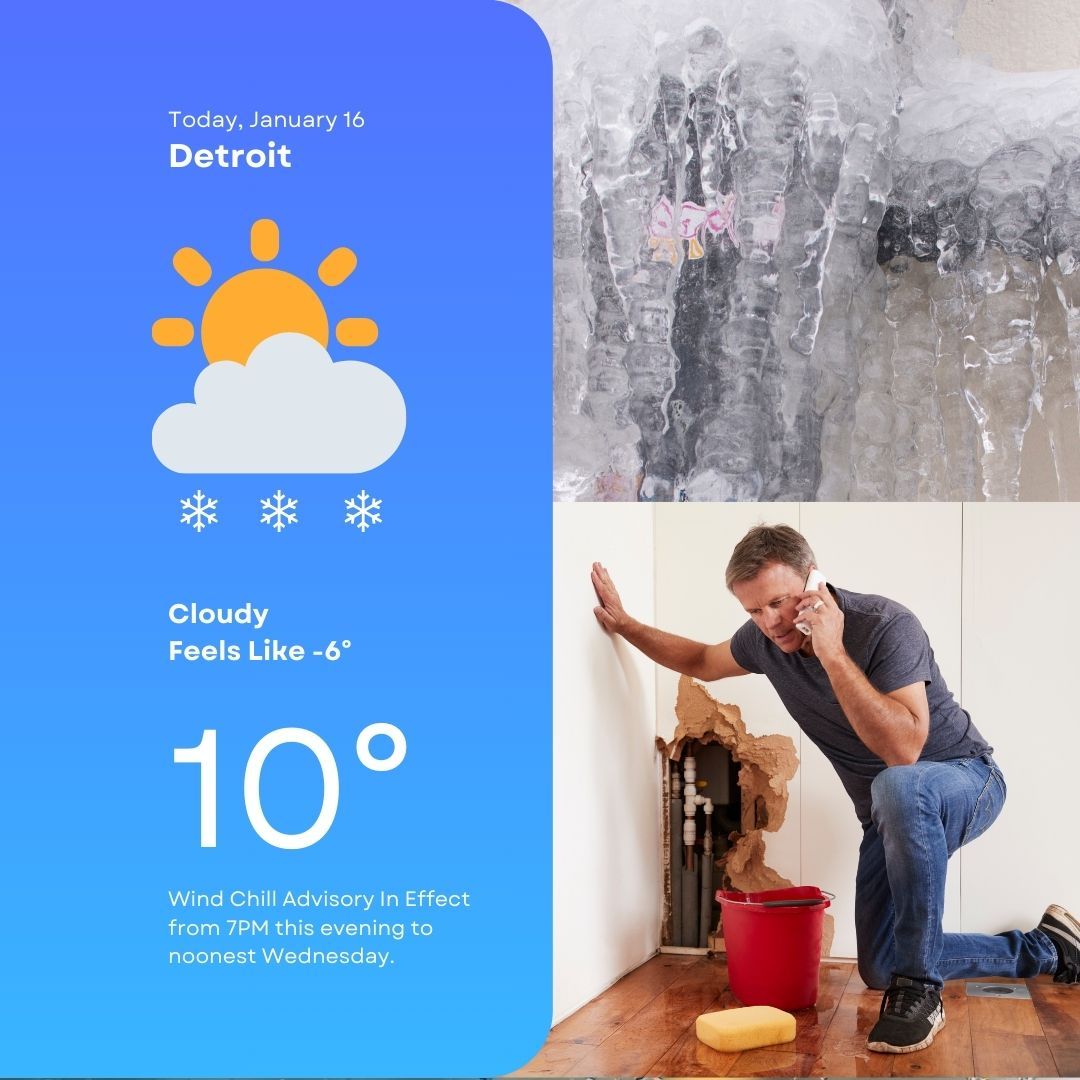


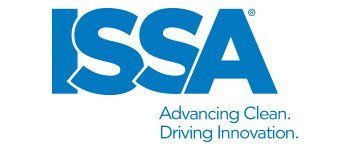

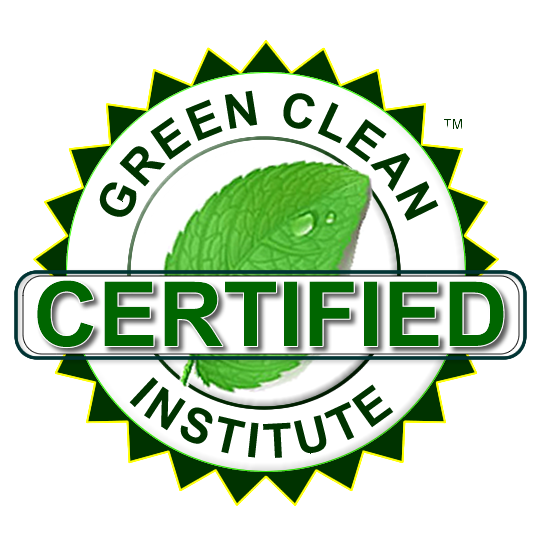



Share On: